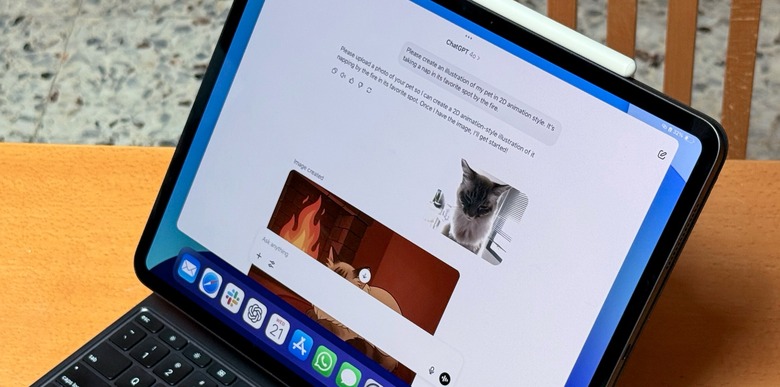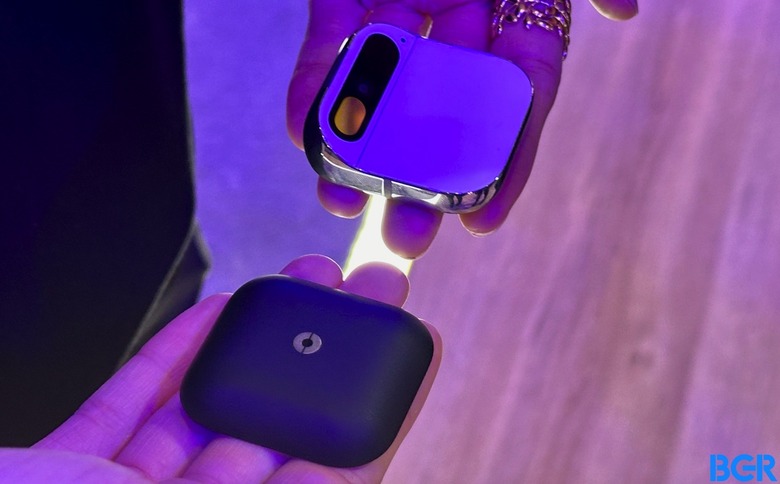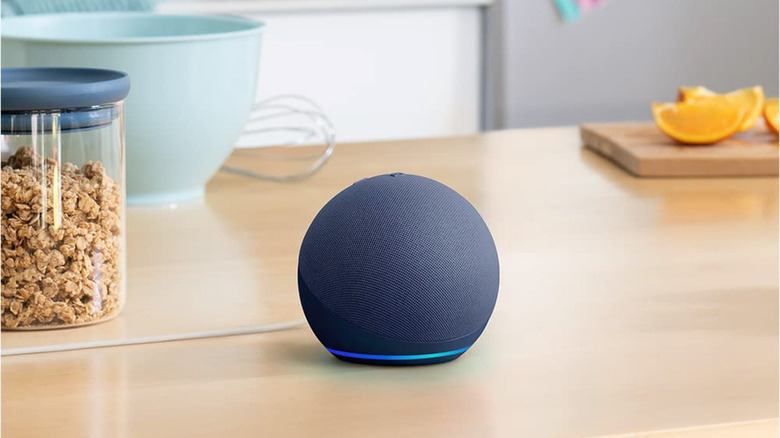Io's First ChatGPT Device Will Be An Ambient Computer, But What Does That Even Mean?
What began as exciting speculation a few years ago is now reality. Former Apple design guru Jony Ive is building the first ChatGPT hardware device, which should be introduced in 2026. The screenless gadget is meant to be taken everywhere with the user and offer a personal ChatGPT AI experience unlike anything we've seen before.
Well, it'll probably feel and work like the Humane Ai Pin gadget that flopped recently, with one massive difference. OpenAI has the resources and expertise to make the ChatGPT io device "just work," to paraphrase Apple.
OpenAI bought Ive's startup for $6.5 billion. io and LoveFrom (Ive's other design company) will oversee the ChatGPT io design and manufacturing. Both companies have many well-known employees who previously worked on Apple hardware and software, including products we use today.
io has already made a prototype device, which OpenAI's Sam Altman got to try. The CEO praised the gadget without showing it off, and we only got an idea of what it might offer from unofficial reports.
A few days later, OpenAI COO Brad Lightcap revealed a major detail about how the ChatGPT hardware will work, given that there's no screen to look at.
OpenAI is developing an "ambient computer layer," which aligns with claims that ChatGPT io hardware will have access to contextual information about the user to provide more personal AI assistance. But Lightcap explained the ambient computer concept, and I have to say it's equal parts exciting and worrying.
What we know about the ChatGPT io hardware
Reports following Sam Altman and Jony Ive's announcement offered details about the unnamed ChatGPT io gadget. The device is supposed to be a third "core gadget" the user carries at all times, alongside the iPhone and MacBook. That's according to what Altman told OpenAI employees.
Ming-Chi Kuo said the gadget will be compact and elegant like the iPod Shuffle, but slightly larger than the Ai Pin.
In the same internal meeting, Altman said the ChatGPT device will be aware of the user's surroundings and daily life. That suggests the gadget will include at least one microphone, a speaker, and a camera.
The ambient computer
Altman's leaked comments from the OpenAI internal meeting following the io announcement echoed what he said in the video with Ive.
Altman explained the need for a dedicated ChatGPT device because the current way of interacting with the chatbot is too complicated. You have to turn on the computer, open the browser, and load ChatGPT. Only then does the interaction start.
Lightcap discussed how the ChatGPT io device will work in an interview with The Wall Street Journal. The ambient computer layer came up in response to a question about how a gadget with no screen is supposed to function in a world where displays dominate our interactions with tech.
The COO said OpenAI has the chance to build "an entirely new class of devices," but admitted he doesn't know what the io gadget looks like.
Lightcap said, "Every time you kind of get a change in the underlying computing platform, you tend to get kind of a corresponding change in the types of devices people use to engage with that platform," before explaining the ambient computer layer.
Since AI lets you do things that weren't possible with other types of computers, ChatGPT needs a gadget that makes it easier to interact with the AI without opening an app or pressing a side button on the iPhone.
The COO added that it's a challenge for OpenAI to build truly personal AI, hinting at a different experience than current ChatGPT use cases.
OpenAI has to adapt the software to real-world complexity. That's where the ambient computer layer comes in. This new experience will feel more personal while pulling users away from screens. Instead of touch, you'll talk to an always-on AI computer—the ChatGPT io device.
The executive offered a few examples of how interactions with ChatGPT might change when using a dedicated gadget.
The focus will be on personal computing, with scenarios where the AI recognizes who's speaking and uses new social reasoning skills that OpenAI needs to develop.
"How [does AI] know who I'm talking to?" Lightcap asked. "Like how do they know our relationship," he continued, referring to the interviewer.
"Maybe I wanna say things to you that I wouldn't wanna say to someone else, right? Or maybe if I'm present with family members, the tone of engagement is gonna be different than if I'm with colleagues."
Do we even want AI in our real-life conversations with humans?
I've always expected whatever ChatGPT device Ive & Co. build to behave like the iPhone or Alexa-powered speakers. You'd invoke the AI with a hotword. A button might work, too.
But Lightcap made me realize there will be times when you might want the AI to be active. It might record a meeting in real time or help out at home while you're cooking or picking something to watch, with other people around.
Eventually, AI might always be on, or you could accidentally leave the ChatGPT device in listening mode. That's ambient computing, and it's something we'll have to get used to over time.
It's also a scary idea from a security and privacy standpoint. Remember how we all worried Alexa was listening to everything (and sometimes it was)? Letting chatbots like ChatGPT do the same sounds even more unsettling.
As much as I want AI-first gadgets like the ChatGPT hardware expected next year, I'll need strong assurances that anything spoken near my ambient computer stays private and secure. We'll cross that bridge when we get there.



